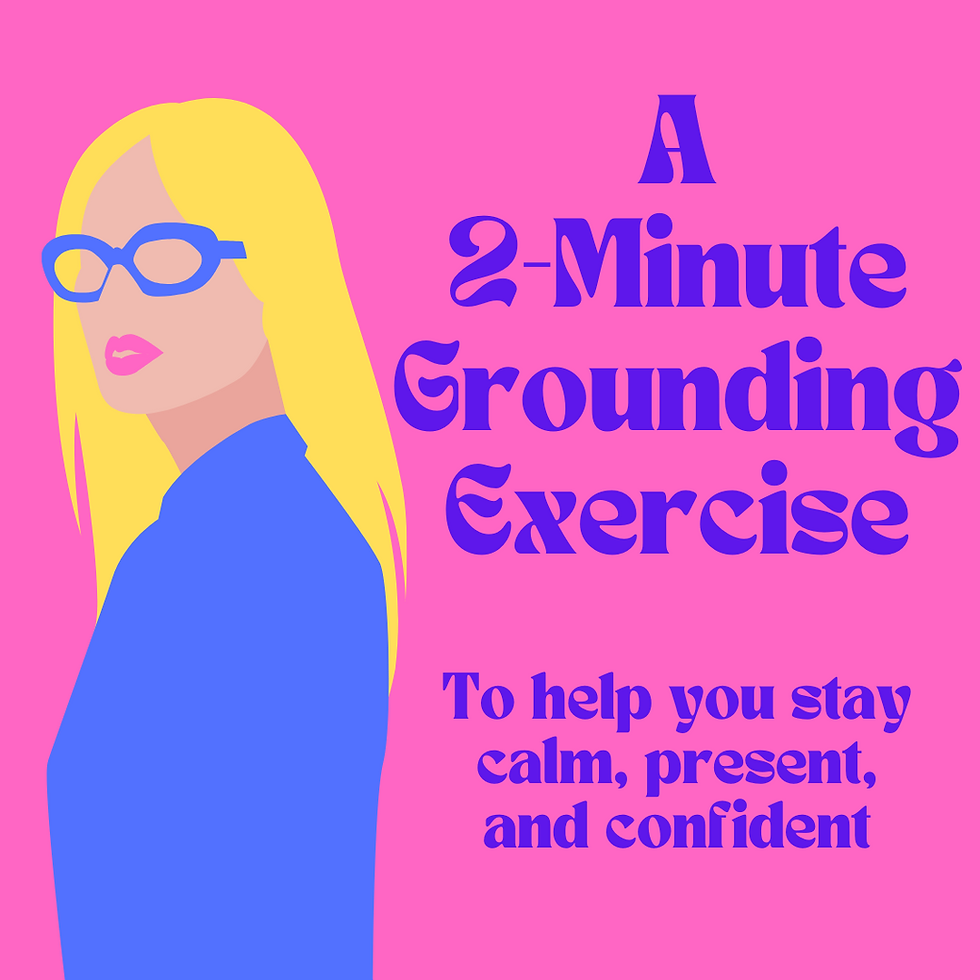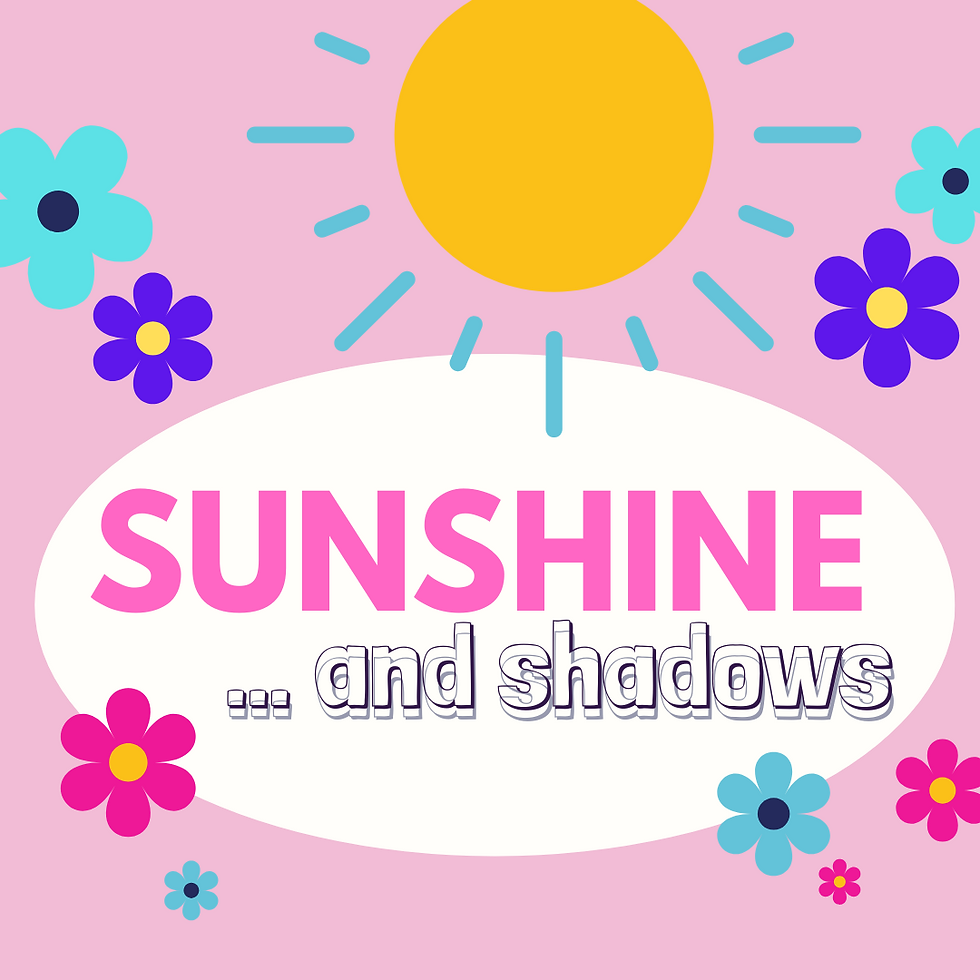A 2-Minute Grounding Exercise for Conflict-Avoidant Leaders
- jilanncarlson

- Aug 7
- 3 min read

Let’s be honest... most of us don’t exactly look forward to conflict.
Whether it’s a tense conversation at work, a moment of misunderstanding with a friend, or something brewing at home, conflict has a way of stirring up everything we’d rather keep buried.
As an Enneagram Type 9, conflict used to be at the top of my “absolutely not” list. Avoid it, ignore it, smooth it over, distract from it - Yep! I’ve done it all.
But the older I get, the more I see the gift on the other side of conflict.
Not every hard conversation leads to disaster. Some of them - when handled with honesty, vulnerability, and the right tools - lead to clarity, depth, and stronger relationships.
And that’s why I’m learning (yes, still learning!) to face them.
Not with perfection, but with presence.
Understanding How Conflict Affects the Body
Before we talk about tools, let’s name what’s real:
Conflict feels threatening to the nervous system.
Even if we logically know we’re safe, our body might respond as if we’re not. Our breathing changes, our muscles tense, our thoughts race. For many of us, especially those who lean toward conflict-avoidance (hello, Types 9, 2, and 6), that physical tension often leads to shutting down, checking out, or giving in - even when something important is at stake.
That’s why grounding practices are so important.
They remind our bodies: You’re okay. You can handle this.
A Grounding Practice You Can Do in 2 Minutes
If you’re heading into a difficult conversation, try this first. It only takes two minutes, and you can do it almost anywhere - before a meeting, in your car, or during a quick walk around the block.
1. Get Still
Pause. Feel your feet on the floor. Notice where your body is making contact with a chair or the ground. You don’t have to “relax," just notice.
2. Breathe Intentionally
Try this pattern:
Inhale slowly for 4 seconds
Exhale even slower for 6 seconds
Repeat this a few times. The long exhale tells your body you’re safe.
3. Use the 3-2-1 Senses Exercise
3 things you can see
2 things you can feel (touch)
1 thing you can hear
This pulls your awareness out of the mental spiral and back into the present moment.
4. Speak an Intention
Choose one and repeat it to yourself:
“I can do hard things.”
“I want to connect, not control.”
“I am safe, and I will stay present.”
Why This Matters for Quiet Leaders
As a quiet leader, your strength isn’t in being the loudest voice in the room. It’s in your ability to be steady, clear, and emotionally aware. When you ground yourself before hard conversations, you’re not just managing stress, you’re modeling what it looks like to lead with intention instead of reaction.
And if you're an Enneagram Type 9 like me, this practice helps you come back to yourself before you disappear into someone else’s agenda. It makes space for your voice, your truth, and your presence in the moment.
Try It This Week
Before your next big or uncomfortable conversation, give this a try. See how it feels. You may not magically love conflict (I don’t either!), but you might be surprised at how capable and calm you feel when your body is on your side.
If you want to walk through the practice with me, listen to this week’s episode of the Strength in Numbers podcast: “A 2-Minute Grounding Exercise Before a Big Conversation.”
And if you’re craving more personalized guidance…
🎁 Special New Offer
I’ve created something new - a mini spotlight session just for you.
✨ You’ll answer a few thoughtful questions, and I’ll send you a 15-minute personalized coaching video and PDF guide made just for your Enneagram type and goals. It’s a bite-sized, high-impact way to get a taste of coaching with me.
For only $47 - 👉 Click here to grab it now!
Quiet leaders can do hard things.
And you don’t have to do it alone.
Let me know how the grounding practice goes for you. I always love hearing from you.
Don’t forget—there’s strength in numbers. 💛



Comments